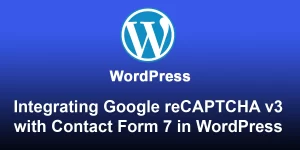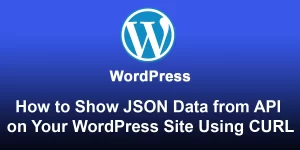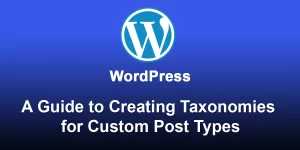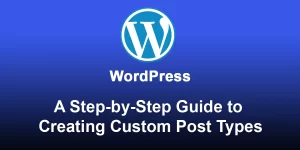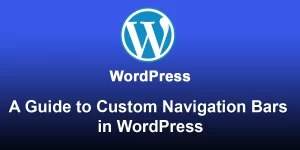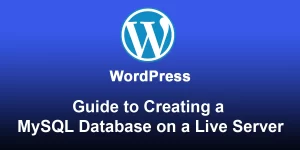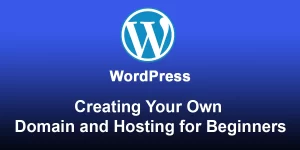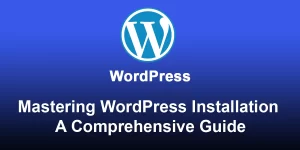Step-by-Step Guide on How to Install WordPress Locally with XAMPP

Installing WordPress locally is a great way to test and develop your website before going live. Here’s a step-by-step guide:
Step 1: Set Up a Local Server Environment
- Install a Local Server Environment:
- Use software like XAMPP, WampServer, or MAMP to set up a local server environment on your computer.
- Download and Install XAMPP (Example):
- Visit XAMPP’s official website.
- Download the XAMPP installer for your operating system (Windows, macOS, or Linux).
- Run the installer and follow on-screen instructions to install XAMPP.
Step 2: Start the Local Server and Database
- Launch XAMPP:
- Open XAMPP and start the Apache and MySQL services.
Step 3: Download WordPress
- Visit WordPress Official Website:
- Go to WordPress.org.
- Download WordPress:
- Download the latest version of WordPress.
Step 4: Create a WordPress Database
- Access phpMyAdmin:
- In your web browser, go to http://localhost/phpmyadmin.
- Create Database:
- Click on “Databases” and create a new database (e.g., wpdatabase).
Step 5: Configure WordPress
- Extract WordPress Files:
- Navigate to the directory where you installed XAMPP (e.g., C:\xampp\htdocs on Windows).
- Create a new folder for your WordPress site (e.g., mylocalsite).
- Extract the WordPress zip file into this folder.
- Rename Configuration File:
- In the WordPress folder, find the file named wp-config-sample.php and rename it to wp-config.php.
- Edit Configuration File:
- Open wp-config.php in a text editor.
- Enter your database details (database name, username, and password).
Step 6: Run WordPress Installation
- Visit Your Local WordPress Site:
- Open your web browser and go to http://localhost/yourfoldername (replace “yourfoldername” with the name of the folder where you extracted WordPress).
- Complete Installation:
- Follow the WordPress installation wizard, providing the site information, admin username, password, and email.
- Login to Your WordPress Dashboard:
- Once installation is complete, log in to the WordPress dashboard using the admin credentials.
Step 7: Explore and Develop Locally
- Customize Your Site:
- Start exploring and customizing your WordPress site locally.
- Install themes, plugins, and create content as needed.
You’ve successfully installed WordPress locally, allowing you to develop and test your website before going live.

